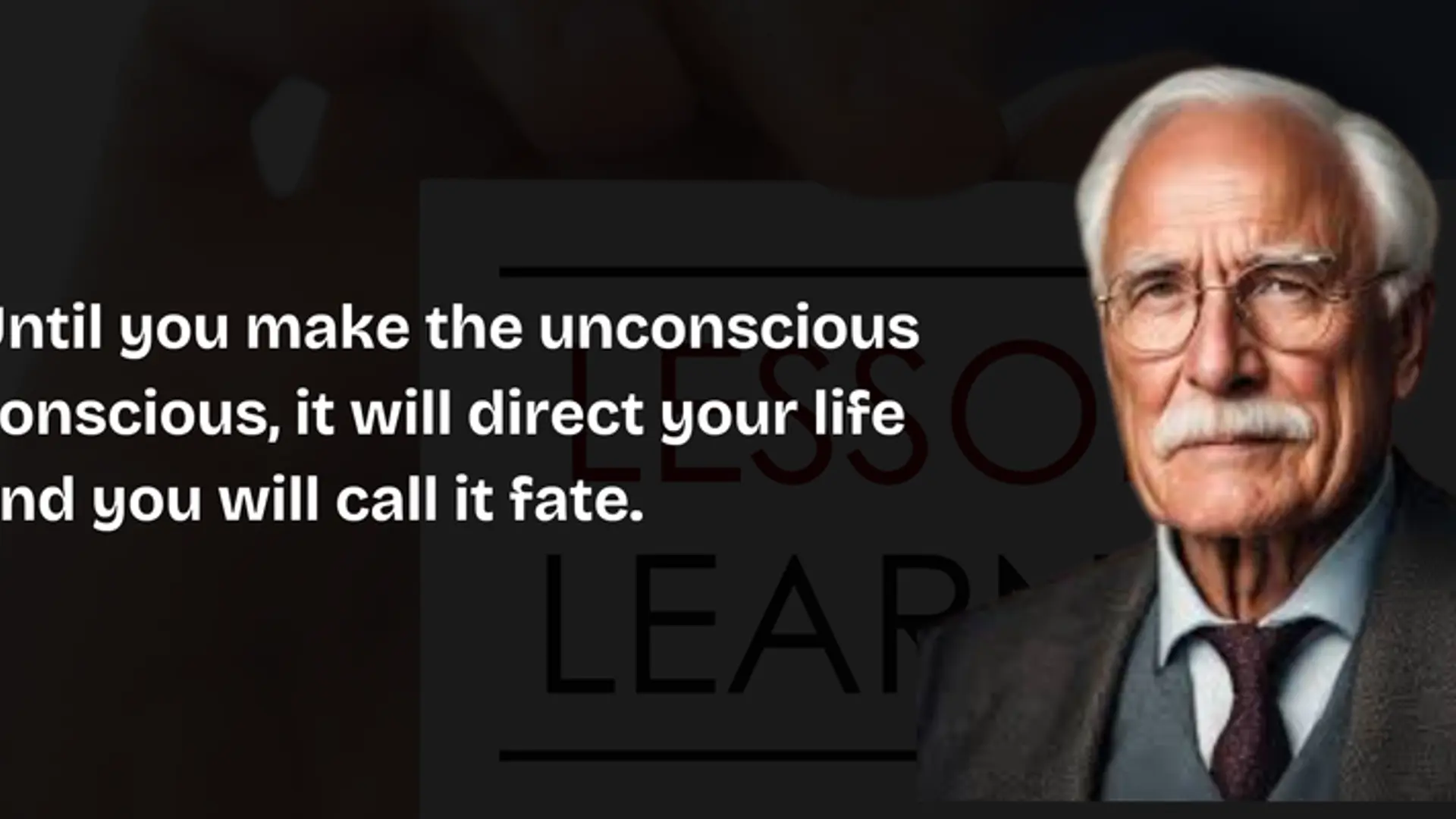The five levels of startup maturity – and how founders can gear up from concept to launch
This must-read guidebook provides aspiring founders with a wealth of practical advice and checklists for their journey. It also describes a tool called the Startup Operating Canvas.
Launched in 2012, YourStory's Book Review section features over 290 titles on creativity, innovation, entrepreneurship, and digital transformation. See also our related columns The Turning Point, Techie Tuesdays, and Storybites.
Aspiring entrepreneurs will find a valuable collection of roadmaps, frameworks, and self-assessment checklists in The Startup Launchbook: A Practical Guide for Launching Customer-Centric Ventures, by Ajay Batra.
The cited examples are drawn from India and overseas, making it a useful guidebook for global audiences as well. The focus on discipline and reflection helps bring more rigour and precision to a founder’s journey. The material has short profiles of successful startups as well as practical worksheets and dashboard templates.
Ajay Batra heads the Wadhwani Venture Fastrack programme of the Wadhwani Foundation. He is also Founding Director of the Centre for Innovation and Entrepreneurship at Bennett University and headed Bennett Hatchery, the startup incubator of the Times Group. He is also Co-founder of QAI Global, a charter member at TiE, and Mentor for Atal Tinkering Labs. His earlier book is Startups and Beyond: Building Enduring Organisations.
See also my reviews of the related books Unfair Advantage, Design Your Thinking, The Invincible Company, The Messy Middle, The Business of Change, and Social Entrepreneurship in India.
Here are my takeaways from this 355-page guidebook, summarised as well in the table below. The material includes a four-page reference section, and journeys of three fictitious startups in fintech, education, and healthcare. It would have been great to have the Startup Operating Canvas and some sample worksheets on the book’s companion website.
The reference section includes the following titles (see links to YourStory’s book reviews): Disciplined Entrepreneurship, The Startup Owner’s Manual, Startup Leadership, The Lean Startup, The Innovator’s DNA, Entrepreneurial StrengthsFinder, Zero to One, and Design Methods. Titles specific to India include Indian Innovators, I Have a Dream, and Bhaag.

Energy and excitement are important for founders, but they also need evidence-based frameworks and “roadmaps to pursue their passion with confidence” when there are so many moving parts in the startup engine, the author begins.
It’s not just a “can-do” attitude but “how-to” advice that helps aspiring entrepreneurs, TiE Delhi-NCR executive director Geetika Dayal writes in the foreword. The ability to innovate frugally at scale is key in the COVID-19 pandemic era.
The author’s Startup Maturity Model draws on other established models like maturity frameworks, design thinking, lean startup, customer development, and business model canvas. See also YourStory’s Changemaker Story Canvas as a visualisation guide for storytelling.
“A breakthrough product or marketing brilliance does not govern the lasting success of a startup,” Ajay cautions. A disciplined approach to customer-centricity, talent, finances, and continuous innovation is also called for, in the journey from a “comfortably chaotic startup to an effective organisation”.
The “sweet spot” of success is at the intersection of compatibility of the team, the desirability of the offering, financial viability, and feasibility of resources. The five levels of the maturity model do not represent a linear flow, Ajay explains – iteration between the levels may be needed.
“Starting up is a marathon, and not a sprint,” he cautions. Founders should build a great work culture right from Day One in order to build an enduring organisation. This involves planning for scale and complexity, with robust business models.

Level 1: Ideation and Team Formation
Starting up involves capitalising on an exciting and achievable vision, but also founder alignment on goals, interests and decision-making methods, Ajay shows.
The target problem can come from personal experiences, tracking trends, spotting system inefficiencies or unmet needs, or even serendipity. Assumptions about solutions should be surfaced here, based on causes and consequences of the problem.
Supporting and opposing trends should be identified, along with resources, capabilities, and time needed to explore the idea further, Ajay explains. Founder agreements help set and formalise expectations on issues like affordable loss, individual contributions, and decision-making process.
Clarity on each founder’s personal, social and professional objectives is needed. Individual capabilities in skills, knowledge, and experience should be assessed and collectively balanced, Ajay advises. Purpose statements and organisational values should be crafted at this stage, along with milestones and dashboards.
At the end of this phase, founders should have clarity on what makes them a “dream team”, and what are the opportunities and risks ahead.
Cited startup examples include Paypal (spotting an opportunity for payment via portable devices), Shopify (pivoting from snowboard marketplace to e-commerce enabler), Gmail (an idea brought into Google by Paul Buchheit), Textbooks for Change (used books sold to developing countries), Gaia Wearables (for autistic users), Practo (healthcare services marketplace), and Toehold (photography platform).
Level 2: Opportunity Analysis
This phase involves plans to develop customer empathy, and uncover insights of customer segments, needs, wants, problems, aspirations, and willingness to pay for a solution.
Individual and institutional customers will need different approaches to understand decision-makers, supporters, and detractors. Primary and secondary research will reveal competitor insights on their offerings, pricing, marketing, quality, and customer impacts.
Potential customers can be roped in via personal and professional networks. For some offerings, more customer education may be needed, the author explains. To increase team capabilities, mentors may need to be roped in.
Customer empathy interactions validate assumptions, help deepen customer relationships, and discover unarticulated needs. Passive observations, shadowing, videography, and diary studies are good ways to start building the customer persona, the author shows.
Exploratory questions help uncover the functional, emotional, and social needs of customers. Founders should have a clear understanding of a day in the life of a customer as well as longer-term goals.
Planning the interview flow takes effort and iterations. Customer confidentiality should also be respected, Ajay emphasises.
Customer switching, acquisition, and retention costs should be assessed, along with integration with existing solutions. Ultimately, founders should have clarity on must-have and nice-to-have offerings and features, and what could constitute a “wow” experience.
The value proposition should be succinctly captured in a sentence like For <customer persona> who are trying to achieve <goals> but are struggling with <problem>, our <offering> will give <benefits> which will make customers feel <result>.
Cited startup examples at this level include Bank of America (‘Keep the Change’ solution to promote savings habits), YourDost (mental health support), and Devnagri (AI-powered content translation into Indian languages).

Level 3: Viability Analysis
In this phase, solution concepts are converted into prototypes, with validation of customer purchase and business potential for the startup.
The prototype represents the features, service, and experience of the final offering, Ajay explains. It could consist of a model, 3D printed product, storyboard, website, or wireframe.
Founders should have clarity on what they will not address as well. The customer interaction should assess their discovery of the offering, reactions, and willingness to pay – but without trying to make an actual sale or berate a competing product, Ajay cautions.
The cost of internal organisational systems should be calculated as well, along with mitigation approaches to internal and external risks. “Risk management is an on-going activity that requires a proactive approach,” he explains.
The author proposes a tool called Startup Operating Canvas in this regard, with 12 attributes: persona, offering, engagement, benefits, competition, revenues, team, resources, finances, systems, monitoring, and partners.
Cited startup examples here include Vuclip (smooth video streaming for low-bandwidth networks) and Babajob (blue-collar jobs marketplace).
Level 4: Solution Development
Based on learnings from the previous phase, this level involves developing the offering and its roadmap, piloting, refinement, market introduction strategy, and defining success metrics.
Functionality is gradually increased along with adherence to quality parameters like usability, speed, and uptime. Timelines should match customer needs and financial viability, Ajay advises. Build, buy or outsource decisions should be finalised for specific components, as well as other dependencies.
Solution documentation and training manuals should be prepared. Internal readiness should be ensured at each phase as well, such as talent pipeline and cash management. External moats can be built via exclusive partnerships and network effects.
Cited companies for expansion and pivots include Patagonia (from climbing hardware to sportswear), Twitter (from podcasting to microblogging), Slack (from videogame to communication platform), YouTube (initially video-based dating), and RedBus (from B2B software to bus ticket sales).

Level 5: Launch Management
This phase involves planning and executing the launch, formalising partner agreements, tracking metrics, and recognising employee efforts and results. The startup is now managed as an operating organisation.
Internal SWOT analysis should cover technical, talent, marketing, and competitive factors. Founders should be able to succinctly describe their “secret sauce”, Ajay explains.
Internal and external roles and goals should be mapped and tracked, eg. downloads, registrations, active users, paying users, overall traction, NPS. Marketing collaterals, pricing decisions, financial projections, and customer support processes should be finalised.
The recruitment plan should include sourcing channels and selection methods, eg. aptitude tests, coding challenges. Dedicated customer relationship managers and call centre operators are sample roles to handle customer complaints and product returns, the author explains.
Employee efforts worthy of recognition include innovative processes, integrity, and working beyond the call of duty. For the long run, strategies for growth of the product, market and organisation are needed, Ajay specifies. This could involve geographic expansion and further fundraising.
Cited companies include Ikea (global sourcing, price control), Dollar Shave Club (monthly subscriptions), Unison Marketplace (for government procurement), ArtZoco (artisan e-commerce), and WaterHealth (affordable drinking solutions for communities).
The road ahead
For long-term success, organisations need to sustain the entrepreneurial mindset, which includes creativity, bias for learning and action, customer focus, ecosystem engagement, and continuous innovation, the author explains.
It’s not just product-market fit that is important, but also opportunity-founder fit and growth-profitability fit, Ajay emphasises.
The book ends with tips for entrepreneurs in pitching to investors, customers, employees, and partners. Brevity, confidence, and authenticity are key in this regard.
“Keep your story short, sweet, and compelling,” Ajay signs off.

The book is packed with inspiring quotes; it would be fitting to end this review with the sample below.
Choose the vision, not the money; the money will end up following you. – Tony Hsieh
All humans are entrepreneurs. Not because they should start companies, but because the will to create is embedded in human DNA. – Reid Hoffman
Success comes from opportunities, not ideas. – Mike Vladimer
Don’t make a better [x]. Make a better [user of x]. – Kathy Sierra
User experience is everything. – Evan Williams
Design is not just what it looks like and feels like. Design is how it works. – Steve Jobs
The last 10 percent it takes to launch something takes as much energy as the first 90 percent. – Rob Kalin
When you are a startup, the personality of the founder often substitutes for culture, but it doesn’t scale. – Stephan Schambach
At the end of the day, your job isn’t to get the requirements right – your job is to change the world. – Jeff Patton
YourStory has also published the pocketbook ‘Proverbs and Quotes for Entrepreneurs: A World of Inspiration for Startups’ as a creative and motivational guide for innovators (downloadable as apps here: Apple, Android).
Edited by Megha Reddy



![[The Turning Point] Why this banker decided to launch test prep startup ixamBee](https://images.yourstory.com/cs/2/70651a302d6d11e9aa979329348d4c3e/Mr-1618570682452.jpg?fm=png&auto=format&h=100&w=100&crop=entropy&fit=crop)
![[The Turning Point] Why these mothers quit their corporate careers to make toxin-free crayons for kids](https://images.yourstory.com/cs/2/70651a302d6d11e9aa979329348d4c3e/NehaandKaren2-1617275791706.jpg?fm=png&auto=format&h=100&w=100&crop=entropy&fit=crop)





